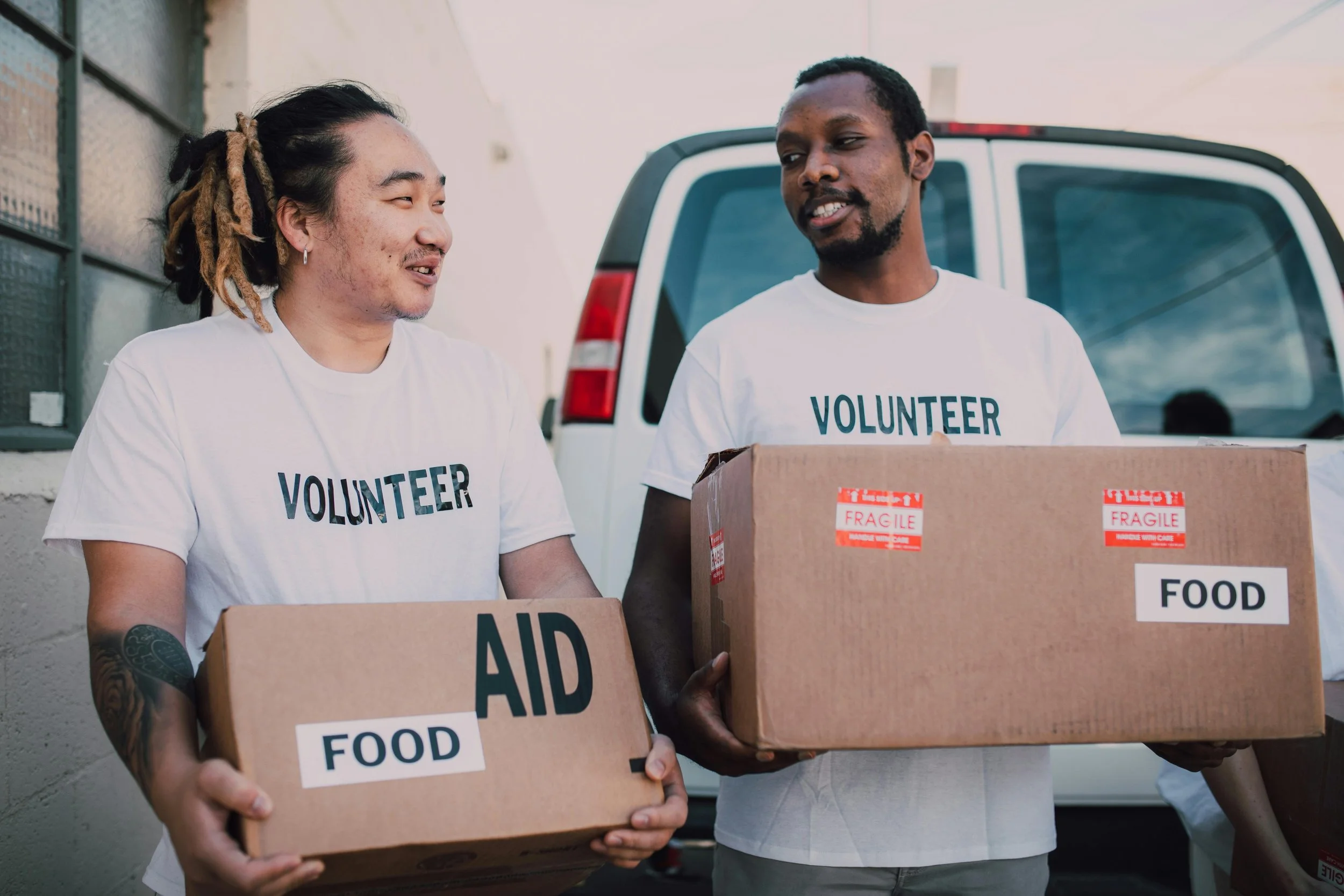Support in a Shutdown
When the federal government shuts down, cities become the first line of defense for residents.
Essential programs like SNAP benefits, food pantries, housing support, and childcare subsidies all feel the ripple effect. For millions of families, that disruption isn’t political — it’s personal.
And that’s why local communication matters more than ever.
At 3E Connections, we work with municipalities and redevelopment agencies that understand this truth: when uncertainty hits, clear, compassionate communication isn’t optional — it’s critical.
Here’s how cities can step up, show leadership, and maintain trust during times of disruption.
1. Communicate Early, Often, and Clearly
When federal systems slow down, confusion grows fast. City governments must fill that gap with clarity and consistency.
💡 Action Step:
Share what services remain open and where residents can get assistance.
Create a simple, frequently updated web page or social post with verified resources and contact info.
Keep messages short, direct, and jargon-free.
In crisis, silence breeds frustration. Communication builds calm.
2. Partner With Local Organizations
Food pantries, churches, nonprofits, and community groups often carry the heaviest load during shutdowns. Municipalities can amplify their impact through coordination and visibility.
💡 Action Step:
Feature local food distributions, pantries, and resource centers on city websites and social channels.
Share flyers, links, and community partner spotlights weekly.
Offer city facilities (like community centers) for distribution points or volunteer sign-ups.
This not only strengthens networks — it reinforces that the city is listening and acting.
3. Use Trusted Messengers
During moments of uncertainty, who delivers the message is just as important as what is said. Residents trust familiar local voices — neighborhood leaders, pastors, community advocates, and city staff.
💡 Action Step:
Encourage department heads, commissioners, and local ambassadors to share unified messages.
Translate communications into multiple languages where needed.
Keep tone factual yet empathetic — information should reassure, not alarm.
4. Empower Residents to Help Each Other
Cities can use communication channels to promote community-driven solutions.
💡 Action Step:
Create shareable graphics listing “How You Can Help” — volunteer shifts, donation drop-offs, or neighborhood drives.
Use social media to highlight acts of kindness and local resilience stories.
When people see examples of neighbors helping neighbors, hope spreads faster than fear.
5. Plan Ahead for the Next Time
Shutdowns are temporary, but their effects linger. A strong recovery plan starts with what we learn now.
💡 Action Step:
Conduct a communication debrief when the shutdown ends.
Identify gaps, refine messaging workflows, and document what worked.
Build a crisis communication playbook to deploy instantly next time.
Takeaway
A government shutdown may stop federal operations — but it can’t stop community connection. Cities have the power to lead through communication: to keep residents informed, calm, and supported.
At 3E Connections, we help municipalities design communication strategies that center people first — because even when systems pause, compassion and clarity must keep moving.

